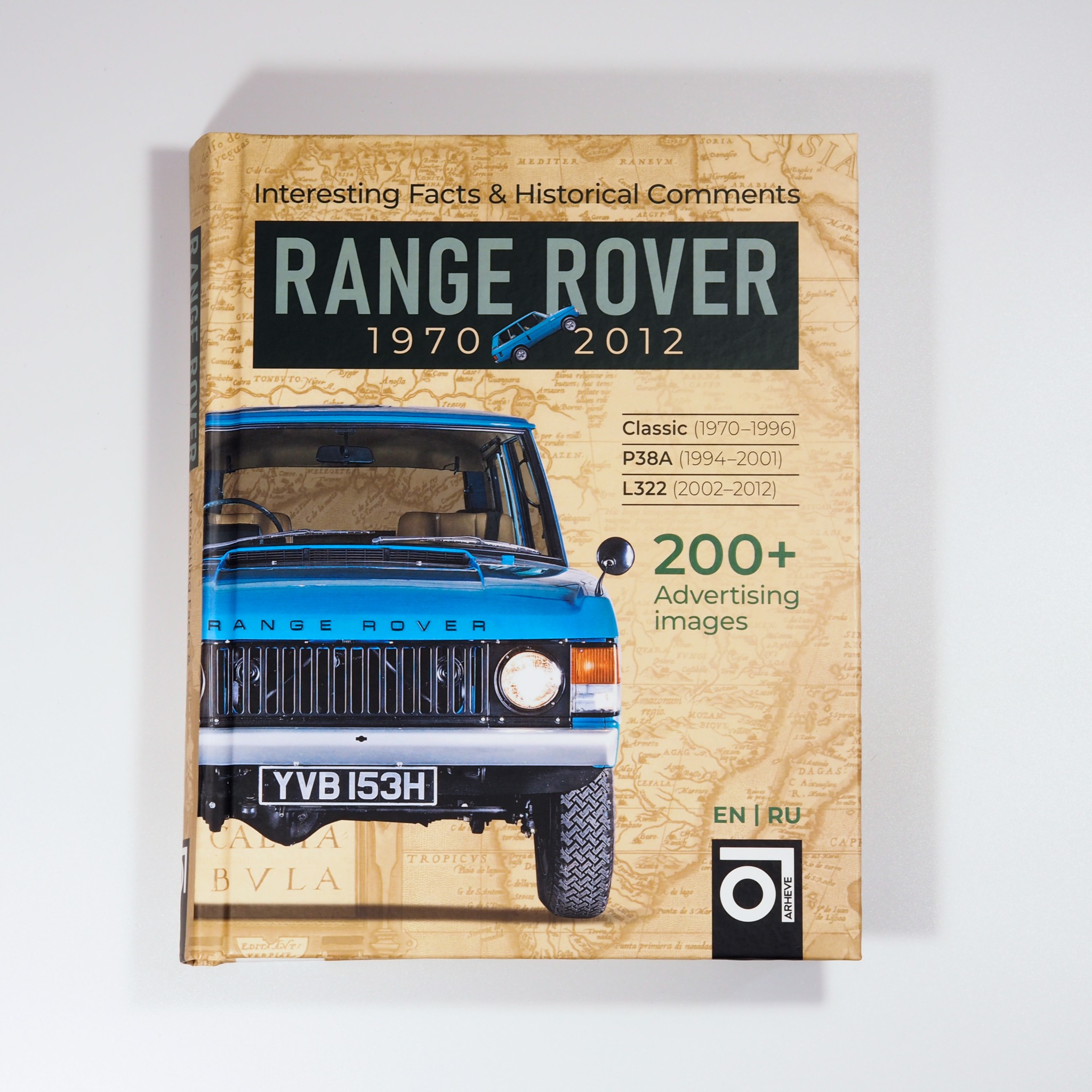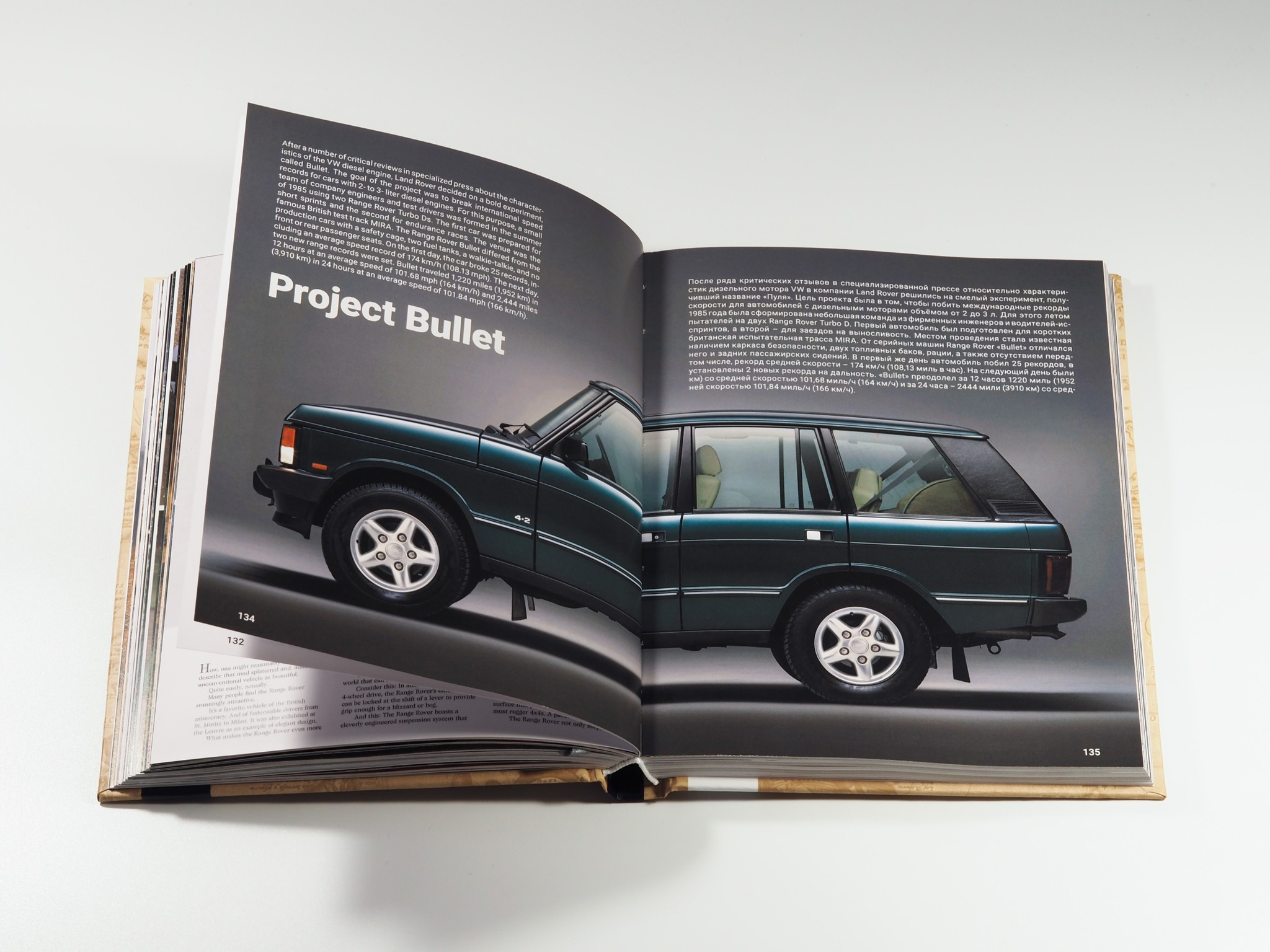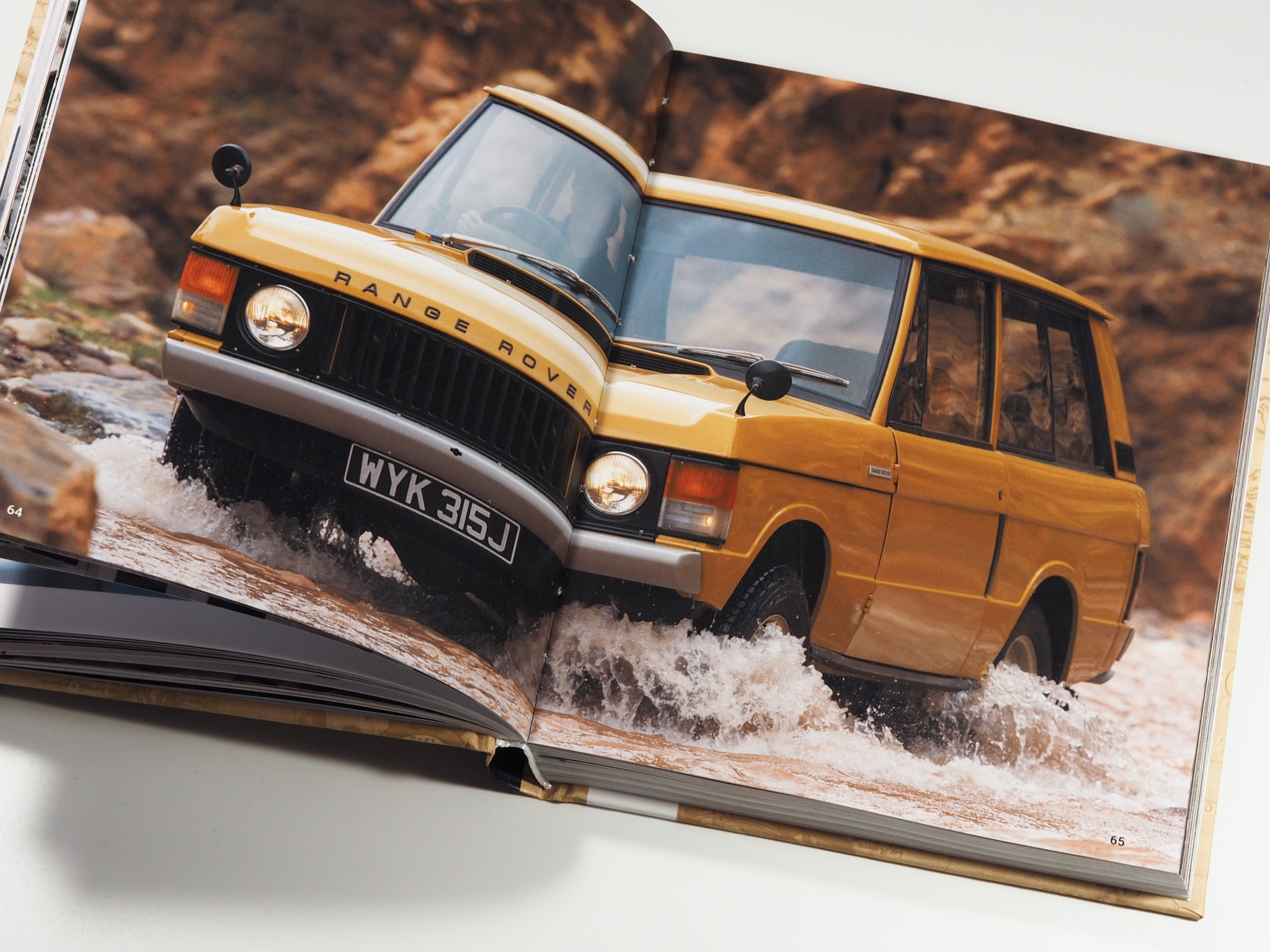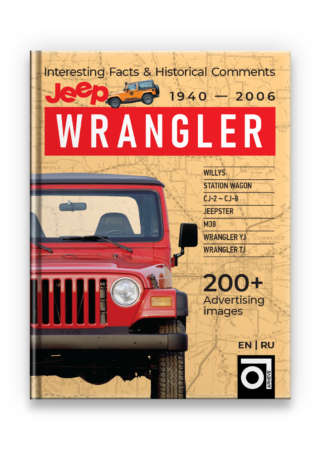Description
Range Rover Hardcover book (fragment of the text)
Range Rover celebrated its 50th anniversary in the summer of 2020. Its debut was an important milestone in the development of the global automotive industry and the basis for a whole class of cars emerging, because, in fact, Range Rover was the world’s first luxury all-terrain vehicle, which felt equally well both on highways and in impassable jungles.
The Range Rover owes its birth to Maurice Wilks, a talented automotive designer and technical director of the British company Rover.
In the early postwar years, Wilks made extensive use of a battered Willys Army Jeep in his daily life. As legend has it, his brother Spencer, Rover’s managing director, asked Maurice what he would do when his warhorse eventually went out of commission.
“I’ll buy another one, I suppose there is nothing else like it,” Maurice replied. As a result of this fateful conversation, the Wilks brothers got the idea for the perfect SUV.
Not surprisingly, it was similar to the Willys Jeep, which served as a “donor” for the first prototype of the future Land Rover. The Wilks brothers felt that there was a market niche for a civilian version of the all-terrain vehicle, and organized its production at the Rover factory in Solihull.
Since steel was in short supply at the time, Wilks decided to create the new car’s body from aluminum alloy. The ladder-type steel frame was welded by hand, eliminating the need for expensive press equipment.
Surprisingly, the basic ladder-frame chassis was used in the manufacture of all Land Rover products up until the last classic Land Rover Defender in January 2016. The same chassis was the basis for the first and second generation Range Rover (1970- 2002), as well as two generations of Land Rover Discovery (1989-2003).
The first Land Rover prototype was built in the summer of 1947. Many parts and components were borrowed from the Willys Jeep. Under the hood was a 48-hp gasoline engine with a capacity of 1389 cc from the Rover sedan.
The spartan seat and steering column were centered, with all available space dedicated to carrying cargo. Work on refining the car continued until the spring of 1948, and on April 30, two prototypes of the new Land Rover brand were presented to the visitors of the International Motor Show in Amsterdam.
One was a standard model, and the other was equipped with a PTO-driven welder to demonstrate the possibility of installing additional equipment.
During testing, the idea of a centered steering wheel was abandoned, so the exhibition versions had the steering column in the usual location for countries with right- and left-hand drive.
Buyers appreciated the simple, reliable, and unpretentious design of the British all-terrain vehicle. In the first year, 3,048 were produced, which more than doubled to 8,000 the next year, and rose to 16,000 in 1950. It was a success!
Naturally, the company correctly assessed the market potential of its brainchild and actively undertook developing it. The 1.3-liter engine was first replaced by a more powerful 1.6-liter (50 hp) from the new Rover P3 60 sedan, and it was replaced in 1951 by an overhead-valve 2-liter engine.
In 1953, the wheelbase was increased from the original 80 inches to 86 inches, and a version with a lengthened wheelbase to 107 inches was introduced. In 1956, the axle spacing was increased to 88 and 109 inches, respectively, to accommodate the larger 2052cc diesel engine, which first became available a year later.
Read the continuation of Range Rover story in the book.
















